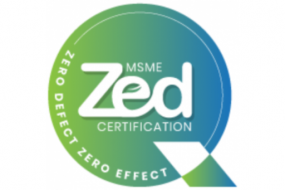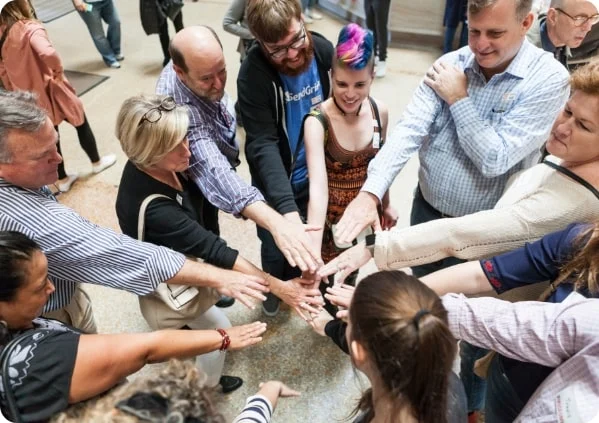
Bankers have been talking about the possibility of a paperless house loan for quite some time. With each passing year, progress has been made toward a fully automated home loan from application to closing. It is now necessary to look for technological developments such as electronic markings, which allow borrowers to reach a speedy conclusion to their transactions.
Mortgage experts and originators are emphasizing on the customer experience in order to maintain a competitive advantage. Customers, without a doubt, require the ease of a digital platform. One does not want the hassle of waiting around for the physical parcels to come when it is more convenient to engage with a mortgage officer, upload your papers, accept disclosures and create electronic signature online contracts, and complete e-signature forms on the internet.
How to Use Digital Signatures in Mortgage?
In lieu of providing an entirely digital mortgage experience, including eClosings, banks and non-bank loan specialists are gradually digitizing their processes over time. A phased process provides immediate and significant benefits to all parties involved. Banks, credit unions, and loan specialists have had the most significant early successes as a result of the following:
- Providing borrowers with the ability to complete and e-sign the application package over the internet
- Providing electronic disclosures
- After that, the next step is to combine advanced reports into a crossover or a complete eClosing, as appropriate.
What is the Benefit of Electronic Applications and Disclosures?
The use of leveraging e-signatures for the mortgage application is the first stage in the transition to electronic signatures in the mortgage industry if your bank or financial institution has not yet altered its operations to utilise electronic media. Here are the two most compelling arguments in favour of e-Signatures in the mortgage sector.
Easy Signature Collection and Better Client Experience
The applications are lengthy, and the number of documents necessary is countless. By eliminating paper from the process, clients are able to complete the application online without experiencing any delays, resulting in a positive client experience. Online applications with e-Signature delivery and verification take 24-48 hours to complete, as opposed to the 7-10 days necessary when utilising paper applications. Overall, the online procedure addresses the two key difficulties that have arisen in the mortgage business as a result of the use of eSignatures: the physical method necessitates the use of too many documents and the time required to complete the documentation.
Quick Loans Estimates
The use of e-Signatures in the mortgage industry helps to expedite the process. There can be no further progress in the cases of the lenders and brokers until the customer confirms that they have received the confirmation. In exchange for receipt of a consumer’s electronic signature (eSign) on loan estimates, lenders might verify the consumer’s intent by requesting payment of an application processing fee.
Quick Closures
The primary mortgage procedure that has been automated in recent years is the electronic transmission of disclosures. Despite the fact that paper-based processing is still in use, the digital delivery model is replacing it everywhere, eliminating both the waste of paper and the time delays associated with it. Soon, clients will be well-informed enough to ensure that manual processes are avoided, just creating electronic signatures in PDF documents and using it in the mortgage industry will become the standard practice.
Adopting a Client-Centric
In today’s world, compressing the application cycle is the most feasible method of shortening closure delays while maintaining high quality. In the course of application processing, the disclosure can be closed electronically and an acknowledgement of receipt can be obtained through the use of an e-signature. In turn, this leads in achieving or exceeding client expectations for quick, easy, and efficient service throughout the home purchasing mortgage process.
Error-Handling
Do you want to know how to prevent being late for appointments or important meetings?
An electronic signature system will guarantee that users are directed through the process of signing each designated area on the document before it can be deemed full and accurate.
If each signature site is separately designated, you will no longer have to worry about whether or not they missed any.
The Electronic Signature Software’s Security
Another incentive to adopt eMortgage papers is their much improved security. Vendors of electronic signatures must follow stringent security rules. Due to the rigorous certification process, the electronic signature is applied by only authorized individuals.
Online signing also relies on trust services to safeguard the integrity of all the data you signed for you online.
For Mortgage Closing Documents, eSignatures are Legally Enforceable
The ESIGN Act, the UETA, and the eIDAS Regulation all serve the same purpose as a witness in the paper-based world: to document the transaction in question.
Like the requirements for a pen-on-paper signature, the legislation is comparable. Before digitally signing a document, the signer must first agree to conduct business online.
As a result, eSignature certificates virtually replicate the notarial approach in the digital world.







